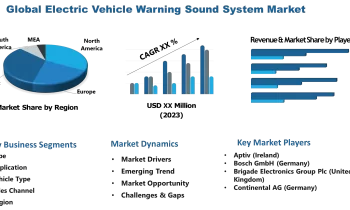The month of March closed off with some very mixed US data releases. It was a fitting end to a volatile month that saw stocks reach record highs and the US dollar index pull back from a 14-year high.

US Personal Spending
Official data released on Friday showed that U.S. personal spending increased less than expected last month. The Bureau of Economic Analysis reported that personal spending increased 0.1% from January’s figure which was confirmed at the initial 0.2% reading. Analysts had expected a 0.2% increase in January’s spending. As per market expectations, personal income was up 0.4%in February. January’s figure was revised up to 0.5% from the initial 0.4% reading.
Chicago PMI
In a report released by research group Kingsbury International, official data showed on Friday that the U.S.’s Chicago PMI increased unexpectedly last month. The Chicago PMI increased to a seasonally adjusted 57.7, from the 57.4 recorded in January. Analysts had expected a decline to 56.9 in February.
University of Michigan Consumer Sentiment
In a report released by the University of Michigan, data showed on Friday that UoM consumer sentiment dropped unexpectedly in February. Consumer sentiment dropped to a seasonally adjusted 96.9, from the 97.6 recorded in January. Analysts had expected UoM consumer sentiment to stay at 97.6 in February.
What Can We Take From the Mixed US Data?
In these volatile times, each set of data released from the US comes under string scrutiny. The latest set of mixed US Data releases shows that U.S. consumer spending limped higher in February, as delays in the payment of income tax refunds hit home. What we also saw was the largest annual increase in inflation for almost five years. This is fuelling expectations of further interest rate raises this year. With consumer confidence at a 16-year high, it seems consumer spending is driving the US economy. Consumer spending already accounts for 70% of the entire US economy.



